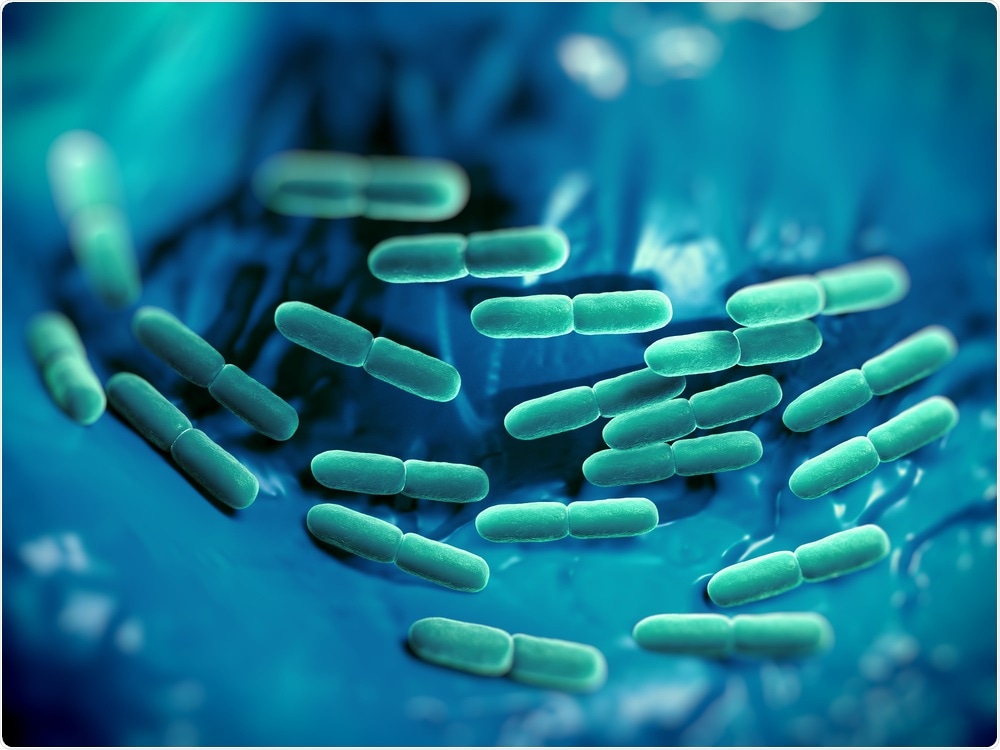According to a new international study published in the Nature Communications journal, fermented foods can be the main source of potentially probiotic lactic acid bacteria (LAB) for the human gut.

Image Credit: royaltystockphoto.com/Shutterstock.com
Most of the fermented foods contain an unlimited number of live LAB that are ingested when humans consume cheese, kefir, yogurt, and so on. A few of these LAB have probiotic properties, and therefore, several fermented foods are assumed to be naturally healthy.
But it is not known how many of these microbes actually reach the gut, and how many become a part of the microbiome, the large community of bacteria, in the gut.
Scientists from the University of Naples Federico II (Italy), in association with the APC Microbiome Ireland SFI Research Centre (Ireland), the University of Trento (Italy), and Teagasc (Ireland), have examined the genetic data from the LAB strains (genomes) identified in human feces and in fermented foods to answer these questions.
Globally, LAB is among the best-analyzed microorganisms. They are used for producing various fermented foods such as bakery products, cheese, kefir, yogurt, fermented vegetables, or fermented meats.
While fermentation processes have been explored for more than a century, the practice of fermenting food as a method to preserve vegetables, meat, and milk has been employed for millennia.
The function of LAB is to convert raw materials, to create molecules that sustain the food, and to contribute to the vital characteristics, for example, the taste of the food. This means, there would be no cheese or yogurt without the activity of these significant bacteria.
Many LAB strains are also popular probiotics, the most common of which belong to the genus Lactobacillus. Probiotics are of significant interest as supplements for numerous purposes and also for their ability to add to the value- and health-promoting properties of specific foods.
LAB genomes were reconstructed from almost 300 foods and around 10,000 human fecal samples from various continents using advanced computational analysis tools. The aim was to look at the spread of LAB in humans based on age, lifestyle, and geographical origin.
In the human feces, LAB was present in comparatively low abundance and their prevalence depended on geography, lifestyle, and age. Streptococcus thermophilus and Lactococcus lactis, which are generally found in cheese and yogurt, are LAB that are often found in the human feces.
A comparison of the DNA sequences of around 3,000 LAB genomes was made, and analysis showed a high level of similarity between LAB obtained from food and those obtained from the human gut. This latest discovery implies that consuming LAB-rich foods can enrich humans’ intestines with these possibly probiotic microorganisms.
Fermented foods are the principal ecological niche for LAB in nature. Our results support the hypothesis that food is the major source of LAB for the gut microbiome. This research also offers hints and methodologies to implement novel strategies for tracing the life of probiotics and other LAB from foods and/or supplements all the way to the human body.”
Danilo Ercolini, Study Senior Author and Professor, University of Naples Federico II
“This research opens new horizons for studies on potential health-promoting foods,” Ercolini added.
The study was performed as part of the MASTER project (Microbiome Applications for Sustainable Food Systems through Technologies and Enterprise; www.master-h2020.eu).
MASTER is one of the largest EU-funded grants for food microbiome studies in Horizon 2020 and we expect this to be one the first of many ground-breaking studies that will result.”
Paul Cotter, Study Co-Author and Professor, Teagasc
Cotter is also the leader of the MASTER project.
Source:
Journal reference:
Pasolli, E., et al. (2020) Large-scale genome-wide analysis links lactic acid bacteria from food with the gut microbiome. Nature Communications. doi.org/10.1038/s41467-020-16438-8.